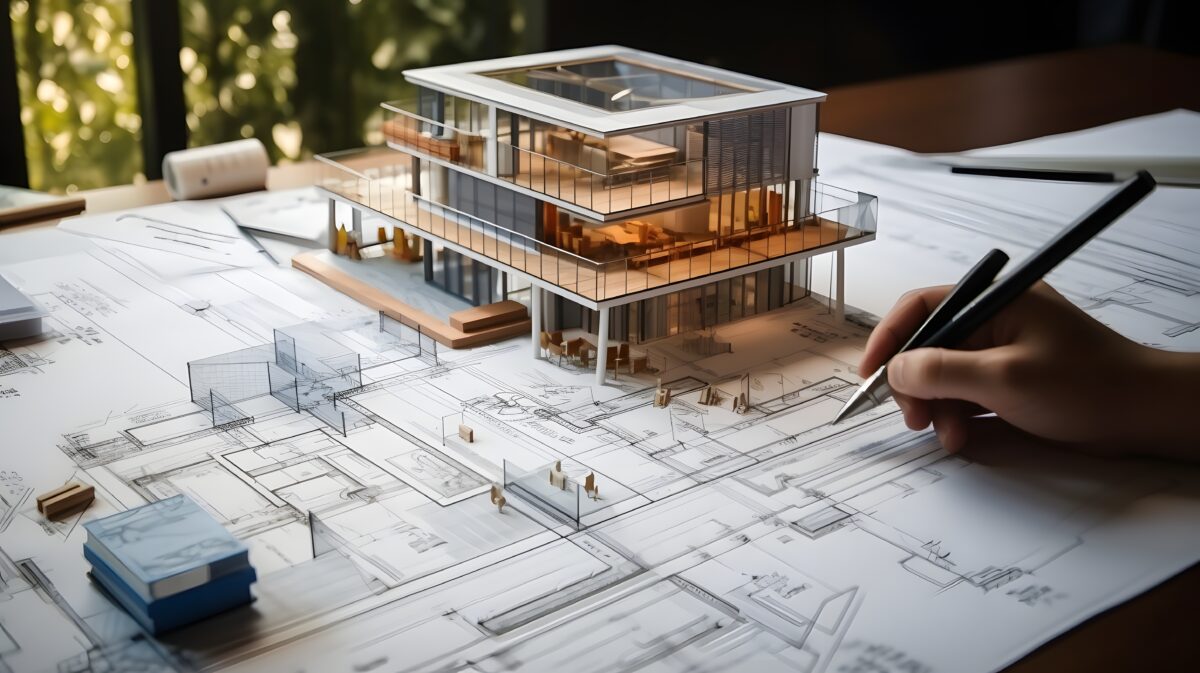
Construction projects today face increasing complexity, from intricate designs to strict compliance requirements. However, much of this complexity can be simplified with smart software architecture, particularly when it’s cloud-native. Working with a firm that ensures your software tools—like Aissure, V7Go, and BIM models—are integrated in a cloud-native environment allows you to streamline processes, reducing hundreds of manual steps into just a few automated ones.
What’s often not obvious, yet incredibly valuable, is how smart software design can condense what was once a 100-step process into as few as four steps. Imagine the savings in both time and labour costs, not to mention the reduced risk of human error. Let’s explore how this hidden value can be achieved through modern cloud-native software strategies.
One of the major benefits of cloud-native software architecture is its ability to seamlessly integrate various tools and platforms into a single ecosystem, reducing redundancy and manual effort.
For example, Aissure, a leading compliance software, can be integrated with V7Go, a project documentation management tool. Traditionally, compliance checks would require teams to manually input data across multiple platforms—completing safety checks, updating progress reports, and logging incidents. However, with a cloud-native approach, data can flow seamlessly between Aissure and V7Go, reducing the process to just a few clicks. Compliance documentation that previously involved 100 steps can now be done in as few as four.
V7Go further supports integration with BIM (Building Information Modelling) tools like Revit. Through these integrations, teams can ensure real-time data sharing across architecture, engineering, and construction disciplines. Updates made to designs in the BIM model are instantly reflected in the project management software, so there’s no need to manually update multiple systems. This not only reduces manual steps but also drastically cuts down on errors that can occur when teams are working with outdated information.
Here’s a real-world example. On a large construction site, project managers are typically responsible for overseeing design updates, compliance with regulations, and real-time data sharing. Traditionally, this required them to log into separate systems, input the same data multiple times, and coordinate updates across teams. With smart software architecture in place, you can integrate all these systems, ensuring that data flows automatically from one tool to another.
For instance, if an engineer updates a design in the BIM model, that information is instantly pushed to the Aissure compliance platform, updating safety reports and alerting stakeholders to any potential issues. At the same time, the V7Go system ensures that all documents related to the change are automatically updated and accessible to the team. Instead of manually coordinating between multiple platforms, everything is synced in real-time, allowing project managers to focus on more strategic tasks.
This integration reduces the workload from what would typically require dozens of manual steps to a few streamlined actions. It also helps in reducing the margin for error and improving the overall speed of project delivery.
The hidden value of cloud-native software architecture lies in its ability to simplify even the most complex construction processes. Tools like Aissure, V7Go, and BIM are powerful on their own, but when they’re integrated through a smart software design strategy, they become transformative. What was once 100 steps can now be four. This is where true productivity gains lie.
If your construction project demands greater efficiency, better collaboration, and fewer errors, consider how a cloud-native software strategy could help. At 3 Dot Digital, we specialise in creating smart software systems that simplify workflows, allowing you to focus on what matters most—delivering high-quality projects on time and within budget.
Let’s make your processes smarter and your results 10X better.